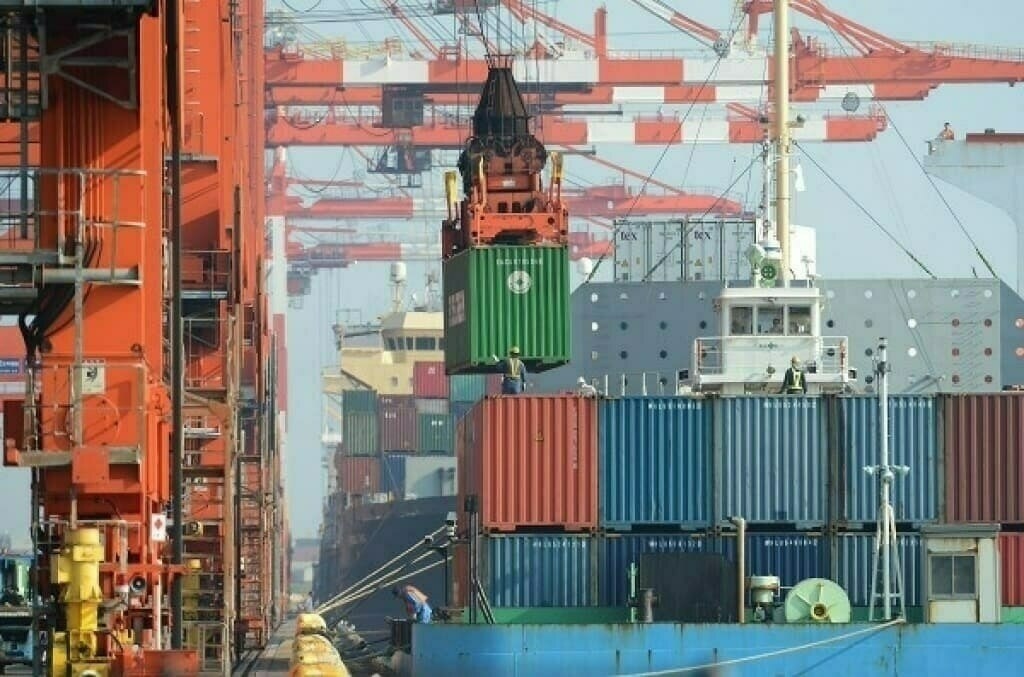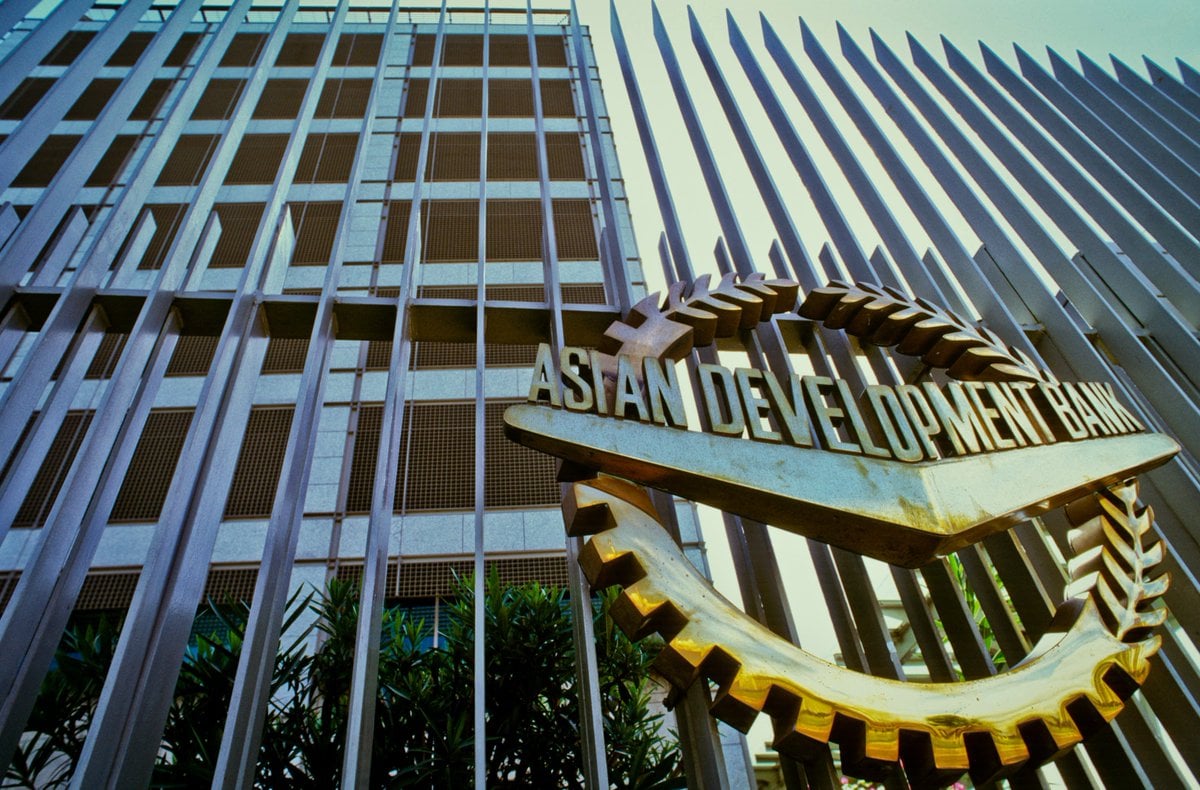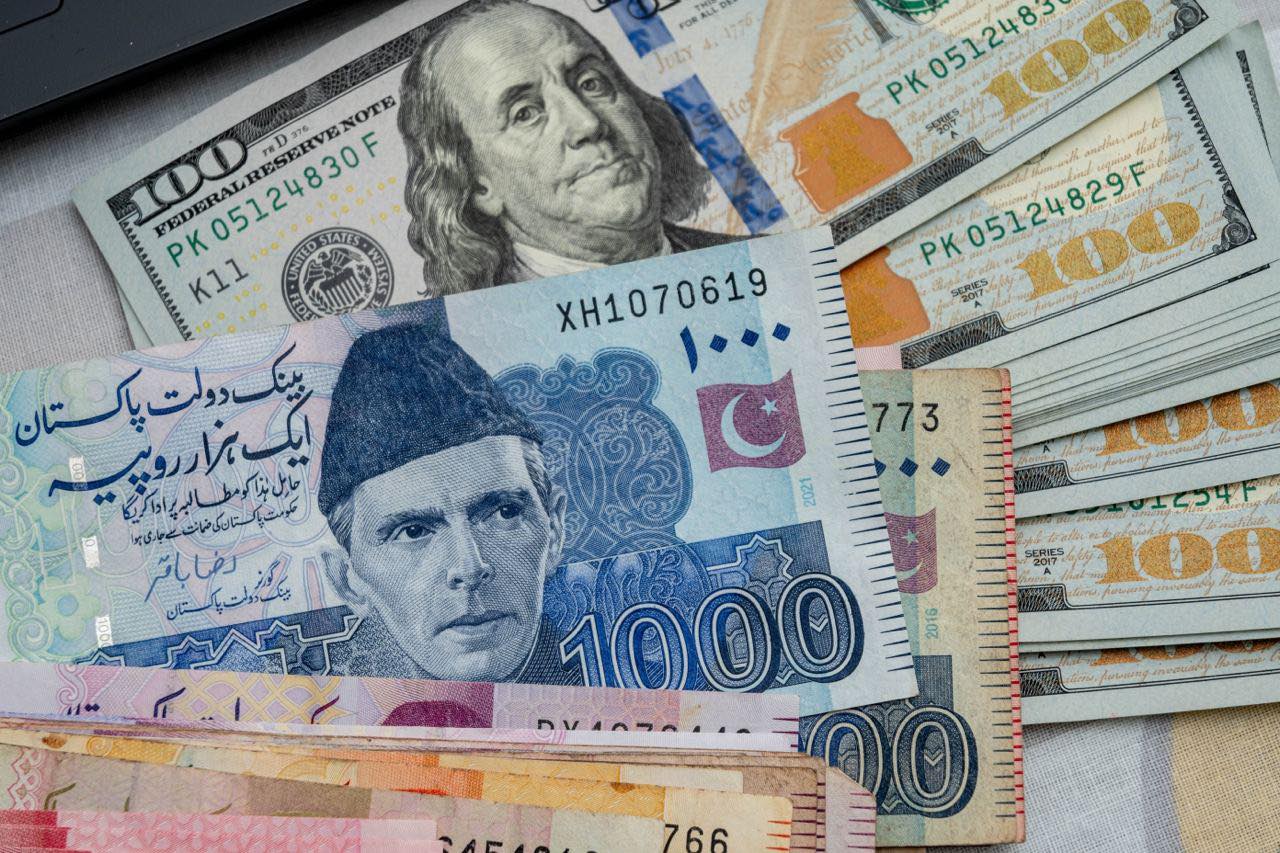Pakistan’s Real Effective Exchange Rate (REER), an essential indicator used to measure the value of the Pakistani Rupee against a basket of foreign currencies, experienced a notable increase in July 2024. According to data released by the State Bank of Pakistan (SBP) on Monday, the REER index rose to 101.47 in July, up from the revised figure of 100.06 recorded in June 2024. This upward movement marks a 1.41% month-on-month increase and has raised concerns about the competitiveness of Pakistan’s exports on the global market.
The Real Effective Exchange Rate (REER) is a crucial metric that offers insights into the relative strength of a country’s currency by comparing it against a weighted average of several foreign currencies. A REER value above 100 indicates that the country’s currency is stronger than its trading partners, making its exports less competitive while rendering imports cheaper. Conversely, a REER below 100 suggests that exports are more competitive, and imports are relatively more expensive.
The increase in Pakistan’s REER to 101.47 in July 2024 has sparked discussions among economists and policymakers. A rising REER typically signifies that the country’s goods and services have become more expensive in the global market, potentially leading to a decline in export demand. For a country like Pakistan, which relies significantly on export revenues, this could pose a challenge to sustaining economic growth.
Comparing the REER data from July 2024 with the same period last year further highlights the magnitude of the shift. In July 2023, Pakistan’s REER stood at 91.6, meaning there has been a substantial 10.8% increase over the past year. This significant rise underscores the growing strength of the Pakistani Rupee relative to the currencies of its trading partners, which could have long-term implications for the country’s trade balance and overall economic stability.
While the REER is an essential tool for evaluating the competitiveness of a nation’s economy, it is important to note that a REER index of 100 should not be misconstrued as representing the equilibrium value of the currency. The State Bank of Pakistan (SBP) clarified in an explanatory note that “movement of the REER away from 100 simply reflects changes relative to its average value in 2010 and is unrelated to its equilibrium value.” This distinction is vital for accurately interpreting the data and making informed economic decisions.
The REER, the Nominal Effective Exchange Rate (NEER) is another critical metric that offers insights into currency dynamics. The NEER measures the weighted average exchange rate of the Pakistani Rupee relative to a basket of foreign currencies. Unlike the REER, which adjusts for inflation differences, the NEER reflects only the nominal exchange rates.
According to the latest SBP data, the NEER index experienced a slight decline of 0.31% month-on-month, falling to a provisional value of 38.72 in July 2024, down from 38.94 in June 2024. However, on a yearly basis, the NEER index showed a modest increase of 2.4%, rising from 37.79 in July 2023.
The NEER’s movement, while less pronounced than the REER, still plays a crucial role in understanding the broader exchange rate trends and their potential impact on Pakistan’s trade and economic policies.
The Real Effective Exchange Rate (REER) and the Nominal Effective Exchange Rate (NEER) are integral to the formulation of economic policies, particularly those related to trade, inflation, and currency management. By analyzing these indices, policymakers can gauge the relative strength of the Pakistani Rupee and make informed decisions to enhance the country’s export competitiveness.
The SBP explains that the REER is an index representing the price of a basket of goods in one country relative to the price of the same basket in its major trading partners. The prices of these baskets are expressed in the same currency using the nominal exchange rate with each trading partner. The price of each trading partner’s basket is weighted by its share in imports, exports, or total foreign trade.
This detailed understanding of the REER allows for a nuanced approach to managing currency strength and ensuring that Pakistan’s exports remain competitive on the global stage. As the REER index continues to rise, it will be crucial for the government and the SBP to monitor the situation closely and implement measures that could help mitigate the impact on the country’s export sector.
Looking ahead, the continued rise in the REER could necessitate strategic adjustments to Pakistan’s trade and monetary policies. The challenge lies in balancing the need to maintain a stable currency while ensuring that exports do not suffer due to a lack of competitiveness. With the global economic environment becoming increasingly complex, Pakistan’s policymakers will need to navigate these challenges carefully to sustain economic growth and stability.




